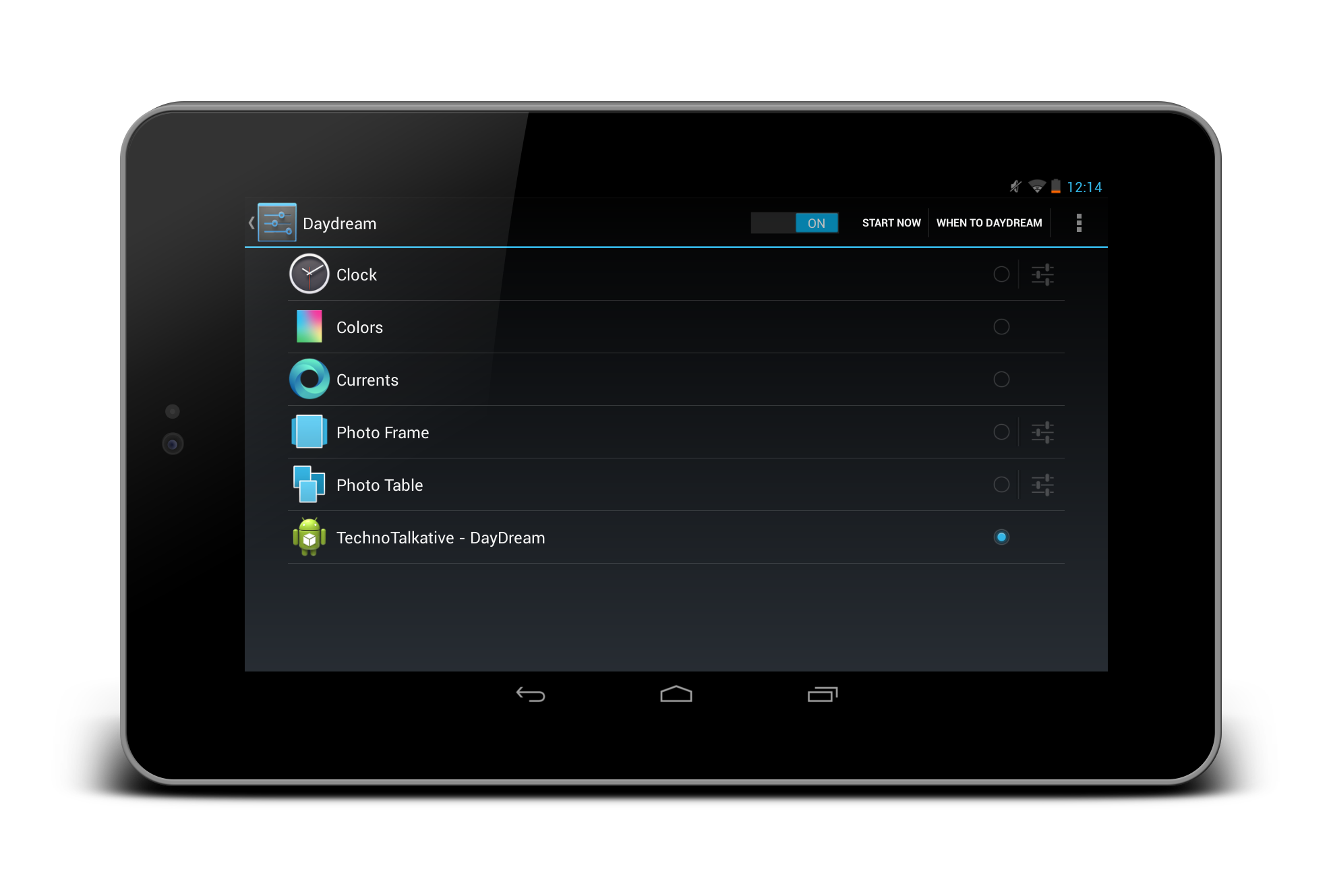If you are about to launch application in android market or developing android application then this post is for you to take care about some AndroidManifest.xml attributes value to set inside the AndroidManifest.xml file:
- android:versionCode
- android:versionName
- android:icon
- android:label
- android:debuggable
- android:installLocation
- supports-screens
- uses-sdk
- uses-permission
- uses-library
1. android:versionCode:
It ensures incremental numerical version of your application. such as 1 , 2 , 3 ,4….
2. android:versionName:
It ensures version name of your application such as 1.0, 1.0.1, 2.0, 2.1, 2.1.1, 2.1.2….
3. android:icon:
Icons for your application to be displayed inside the applications menu screen.
4. android:label:
Name of your application to be visible with icon in the applications menu screen.
5. androdi:debuggable:
It ensures that the application’s debug mode is on or off. While developing time, we should make this value with ‘true’ but when about to launch application then at that we must have to remove this attributes from the AndroidManifest.xml file. If you forget to remove then while preparing Signed APK at that time it will notify to remove this from AndroidManifest.xml file.
6. android:installLocation:
User can select one values from 3: auto, internalOnly, preferExternal. It ensures the location where the application will be installed. This feature is available in 2.2 and higher versions. It you set “auto” options then system will decide where to install applications based on the many factors.
7. supports-screens:
It ensures which screens to support. Your application will supports those screeens for which you have made “true” to particular screen attribute values.
8. uses-sdk:
It ensures which SDK to support and also to define anyDensity value to either true or false. If we make android:anyDensity=true then application can be support in any density android device.
9. uses-permission:
It is used to declare all the permission that we requires inside the application. For example, INTERNET, READ_PHONE_STATE, ACCESS_NETWORK_STATE, ACCESS_WIFI_STATE, etc.
9. uses-library:
Specifies a shared library that the application must be linked against. This element tells the system to include the library’s code in the class loader for the package.
For more info, click on AndroidManifest.xml.



